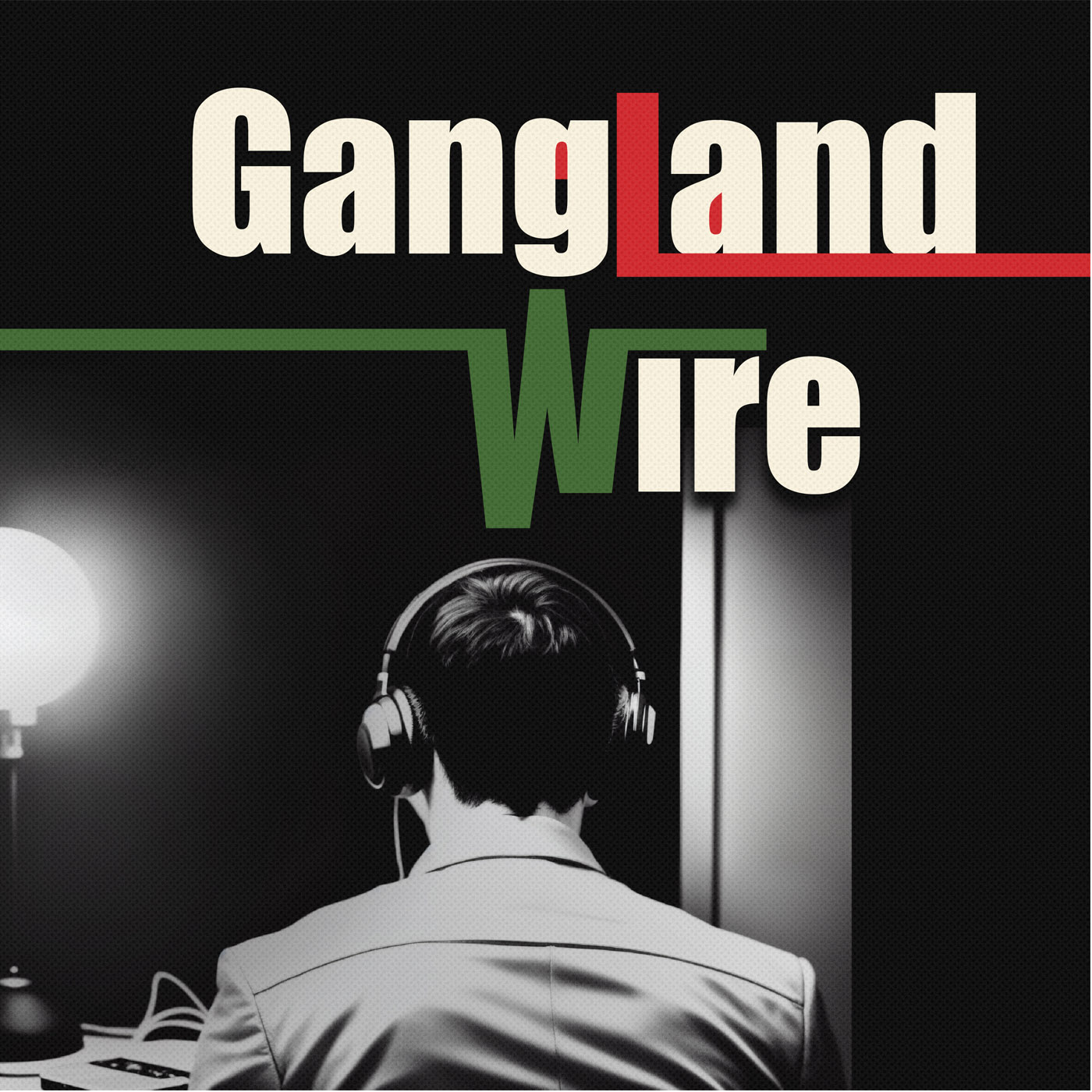- True Crime
- SEE MORE
- classical
- general
- talk
- News
- Family
- Bürgerfunk
- pop
- Islam
- soul
- jazz
- Comedy
- humor
- wissenschaft
- opera
- baroque
- gesellschaft
- theater
- Local
- alternative
- electro
- rock
- rap
- lifestyle
- Music
- como
- RNE
- ballads
- greek
- Buddhism
- deportes
- christian
- Technology
- piano
- djs
- Dance
- dutch
- flamenco
- social
- hope
- christian rock
- academia
- afrique
- Business
- musique
- ελληνική-μουσική
- religion
- World radio
- Zarzuela
- travel
- World
- NFL
- media
- Art
- public
- Sports
- Gospel
- st.
- baptist
- Leisure
- Kids & Family
- musical
- club
- Culture
- Health & Fitness
- Fiction
- children
- Society & Culture
- TV & Film
- gold
- kunst
- música
- gay
- Natural
- a
- francais
- bach
- economics
- kultur
- evangelical
- tech
- Opinion
- Government
- gaming
- College
- technik
- History
- Jesus
- Health
- movies
- radio
- services
- Church
- podcast
- Education
- international
- Transportation
- Other
- kids
- podcasts
- philadelphia
- Noticias
- love
- sport
- Salud
- film
- and
- 4chan
- Disco
- Stories
- fashion
- Arts
- interviews
- hardstyle
- entertainment
- humour
- medieval
- literature
- alma
- Cultura
- video
- TV
- Science
- en
St. Louis Mafia Part 1

b'Retired Intelligence Detective Gary Jenkins brings you the best in mob history with his unique perception of the mafia. This is the first in my three-part series on the history of organized crime in St. Louis, MO. This episode delves into the fascinating world of St. Louis crime families. We are joined by author Daniel Waugh, who has written several books on the topic. Daniel introduces his books, including “Egan’s Rats,” “Gangs of St. Louis, Men of Respect,” “Off Color: Detroit’s Purple Gang,” “Vinnita: The Birth of the Detroit Mafia,” and “Beithioch: The Life and World of a Chicago Gangster.” We discuss the diverse mix of Syrians, Irish, and Italians in St. Louis, eventually forming the Italian and Syrian mafia. We learn about the connection between the Detroit and St. Louis mafia, as many families from both regions come from the same Sicilian towns. Click here to find all of Daniel’s books on Amazon.
\\nDaniel takes us back to the early days of gangs in St. Louis, specifically discussing Egan’s Rats. This gang started as a riverfront gang and later became a political terrorist, engaging in illegal voting and other forms of intimidation. We also learn about Thomas Kenny, one of the early gangsters, and the relationship between Fred Killer Burke and Al Capone. Fred Killer Burke, who started as a small-time criminal in Kansas, joined Egan’s Rats and later became involved in bootlegging and high-profile thefts.
\\nOne notable crime committed by Egan’s Rats was the robbery of the United Railways Company office in St. Louis. They got away with $39,000 in cash but had to carjack another motorist when their getaway car had a tire issue. After Egan’s Rats went to prison, some members joined the Cuckoo Gang and later attached themselves to the Purple Gang. Fred Burke, in particular, became an expert with the Thompson machine gun and was eventually taken in by the Capone mob, carrying out high-risk assignments. He was connected to the murder of Frankie Yale and the St. Valentine’s Day Massacre.
\\nWe also explore the Pillow gang, originating from Sicilian Mafiosi, and their transition from homemade whiskey to illegal stills and beer production. A war broke out between the Sicilian gangs and the Cuckoo Gang in 1926, resulting in the Cuckoo Gang inflicting heavy casualties on the mafia and forcing other mob bosses to intervene. This war dealt a major blow to the St. Louis mob’s reputation.
\\nWe then delve into the Russo brothers and the migration of their faction to Cleveland and Detroit after they were killed during Prohibition. Thomas Licavoli established a powerful crew in Toledo, and his cousin, Jack Licavoli, became the boss of the Cleveland family. Another Licavoli brother, Pete, remained in Detroit before eventually moving to Arizona.
\\nTony Giordano emerges after Prohibition and becomes connected to a gangland homicide. We also discuss the Syrian families led by Jimmy Michaels, who grew up in Soulard and formed the Cuckoo Gang. They partnered with older crooks and eventually became leaders themselves through criminal actions. Jimmy Michaels, in particular, became a prime suspect in multiple gangland homicides by the age of 22.
\\nWe learn about the autonomous relationship between Jimmy Michaels and the Sicilian mafia and the emergence of the Leisure family, which later clashed with Michaels, leading to a war in the early 1980s. The St. Louis mob, managed by Chicago, made significant profits from gambling, union racketeering, and handling stolen goods. The Chicago outfit had a strong influence over the St. Louis mob, including approving the appointment of a new boss.
\\nWe also touch on the corrupt practices within the St. Louis Police Department during Prohibition,'